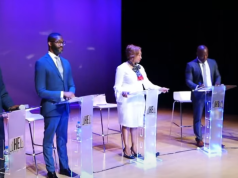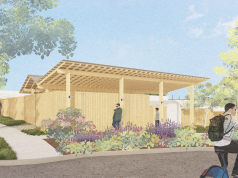The Associated Press
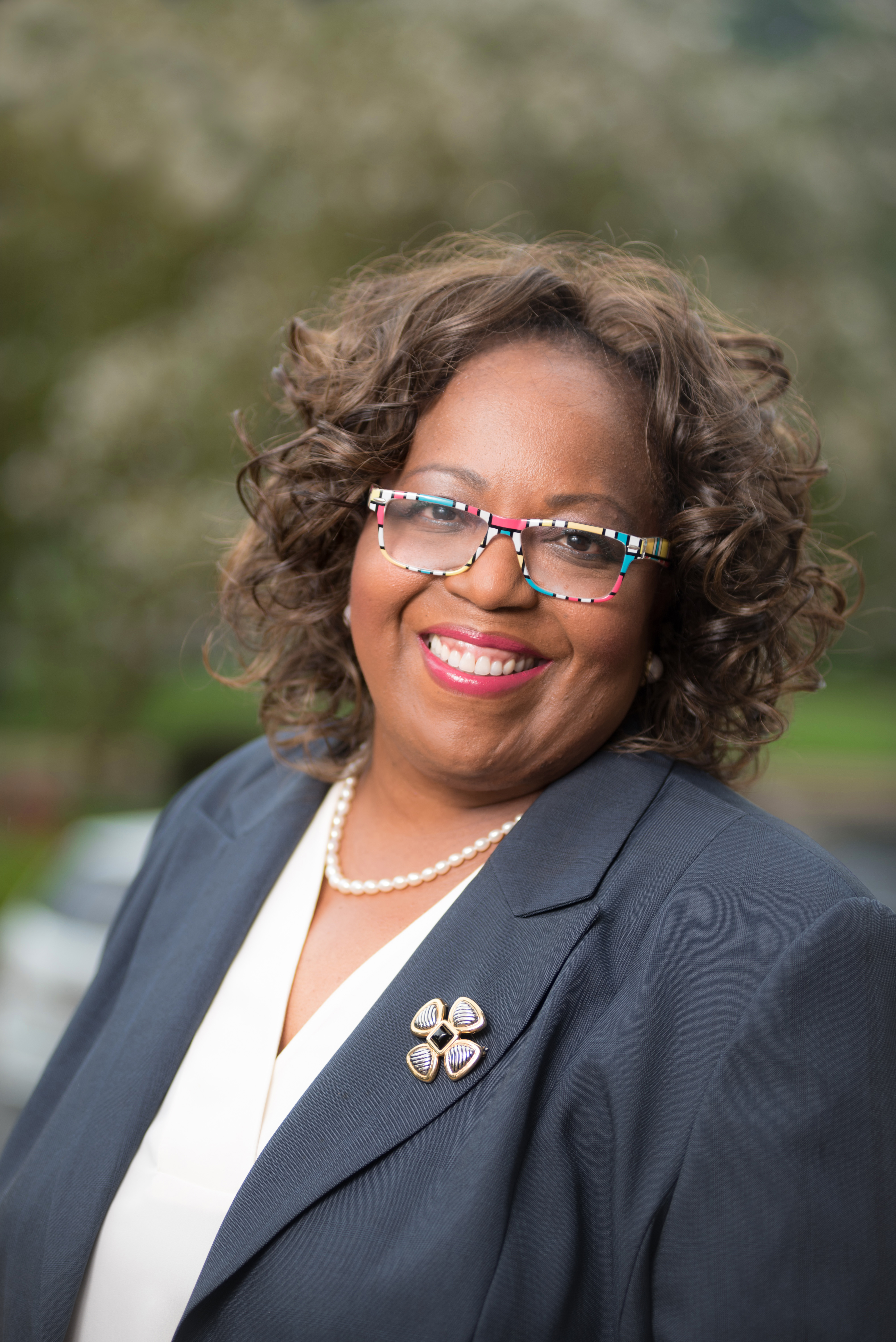
TUSCALOOSA, Ala. (AP) — G. Christine Taylor, the University of Alabama’s vice president and associate provost for diversity, equity and inclusion, is about a month into her new role as the Capstone’s first chief diversity officer.
Taylor, who held a similar role previously at other campuses including Purdue University, joined the administration this fall after being hired in the summer.
She is tasked with establishing the new Office of Diversity, Equity and Inclusion as well as developing the campus’ strategic diversity plan. She sat down with The Tuscaloosa News to discuss her new role and goals.
How did your experience as a diversity officer elsewhere inform your approach?
A lot of it is driven, in part, by what the institution perceives to be its most important issues related to diversity and inclusion. The first two campuses [where she worked in diversity initiatives], it really did focus a lot on increasing the number of diverse students attending the institution. By the time I got to Purdue, it was a much larger, encompassing way of thinking about issues related to diversity and inclusion. That was a real positive because, to really move the campus forward, you have got to look at all aspects, all sectors of the campus. I kind of often think about it like technology because this issue is something that touches every part of the institution. When I think about where we want to be institutionally, I want us to have an office that meets some of the primary metrics that we might identify for the campus.
The ones I am going to offer you now are ones, if you look at anybody’s mission statement across the country, you are going to find. How do you increase and maintain the diversity of the faculty? How do you increase and maintain and graduate the diversity of the student body? How do you make sure all of the faculty and staff and students have cultural competencies? And, finally, how do you make sure your campus climate is one that everybody feels like they can thrive and not merely survive?
So you have climate and competencies, you have the numerical presence of different constituents and not just presence but where do they go. How many faculty move to the next level? All of those are parts and pieces. We need different infrastructure to help all of campus move forward.
How will the university’s commitment to diversity be implemented in practice?
How will the office be staffed in terms of personnel and resources?
There will be other staff that will be put in place to make that happen. One of the big pieces we are working on now is a report that the president or provost had done, which is a diversity mapping project, which will give us a better understanding of what is happening on campus. But the work cannot be done by one person; it can’t be done, particularly, for a campus this size.
That would be like saying (UA football coach Nick) Saban could take us to the finals without a team. It doesn’t happen.
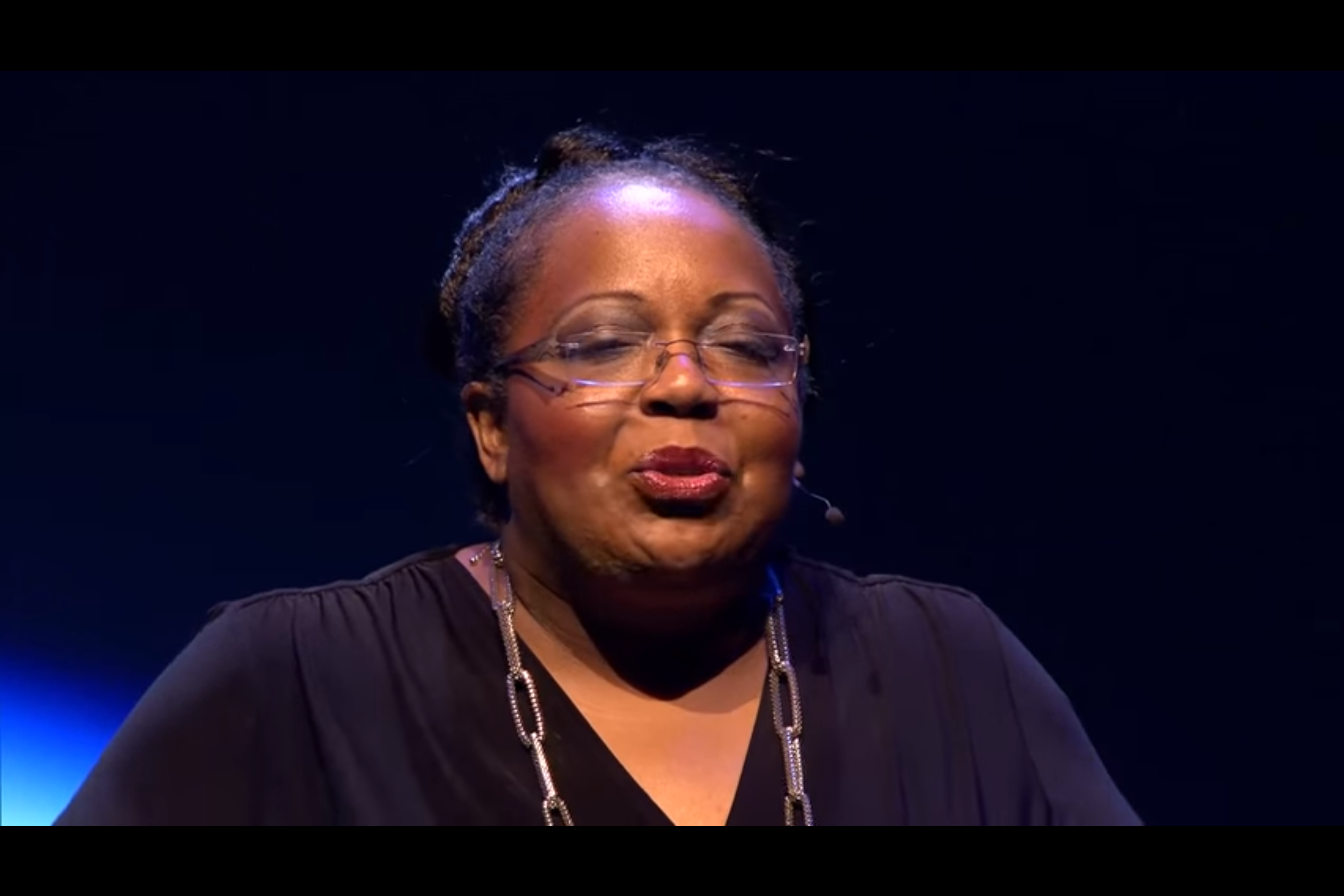
Is there a timeline for the strategic plan for diversity?
Not definitively. But I would like to mention that sometime in the spring semester we might be a little closer to that. Again, a big piece of that is going to be seeing what that diversity map tells us about where we are. That really saves a lot of time for me. I will still be having conversations with different groups and different constituencies on campus. Again, it does give us more data about where we are.
[The diversity mapping] is going to be completed and a campus conversation is going to be held on the second of October.
What are your priorities right now?
By the end of the fall semester, I want to have participated in a number of listening sessions and have a better idea of how we are going to build out the area … and really have an opportunity to prioritize the things that the mapping reveals to us and really get a better sense of where to start first.
My first piece is to really make sure I understand all the pieces that are here and find ways to fundamentally start tying those together. There are some fabulous efforts that are happening right now, but they need to be elevated so we all know when different events are happening on campus related to diversity and inclusion.
What is your vision for your role here?
Let me answer it with an outcome. The outcome is, that when commencement happens, that all of our students leave here more prepared than everybody else’s students to operate in an increasingly diverse and global society. That is my legacy. That is what I am shooting for: The students that come out of the University of Alabama are more than ready. Because what we are hearing from a lot of employers is that they need students that come to the table with cultural competencies. So here is an example. Once I did a program where I had a bunch of major employers come in and talk about what they were looking for with students … One of the gentlemen said to one of the students, “Listen, we will hire you because we know the quality of the curriculum of what you are studying, and we know what that means. But your ability to move up in our company is going to be based on how well you can work with groups that are not like you.”
So to me, it is to our advantage to prepare our students to do that. And I want to be known as the campus that does it better than anybody else.
Backing up, what is the role of the vice presidency? We are at a point now that the campus is looking to really increase the number of research faculty and how might this area support and assist the different colleges in their recruitment initiatives and talking about best practices and connecting them with different organizations so we can all be very, very assertive in our recruitment of excellent candidates here to the campus.
When we think about what it means to be a supervisor, how does one’s knowledge about issues of diversity and inclusion impact how effective you are as a supervisor? So we can take a look at that in terms of the human resources aspect of campus. We will take a look at what it means for students to be here. Let’s talk about how many people of color are in the freshman class. That has some implications around what we are doing with our recruiting, what we are doing relative to yield initiatives. So I offer those as some example of lots of different ways this area will be connected to other areas on campus.
If you go back to those four pieces … there are lots of steps there. What have we got to do — all those pieces, when you pull those apart, there are many opportunities to be connected across campus. One thing I will say is a lot of people assume just because you have a (chief diversity officer), now life is going to change. That is not true. I will be co-laboring with others. I will be presenting the true north, but we have to all collectively be doing this work.
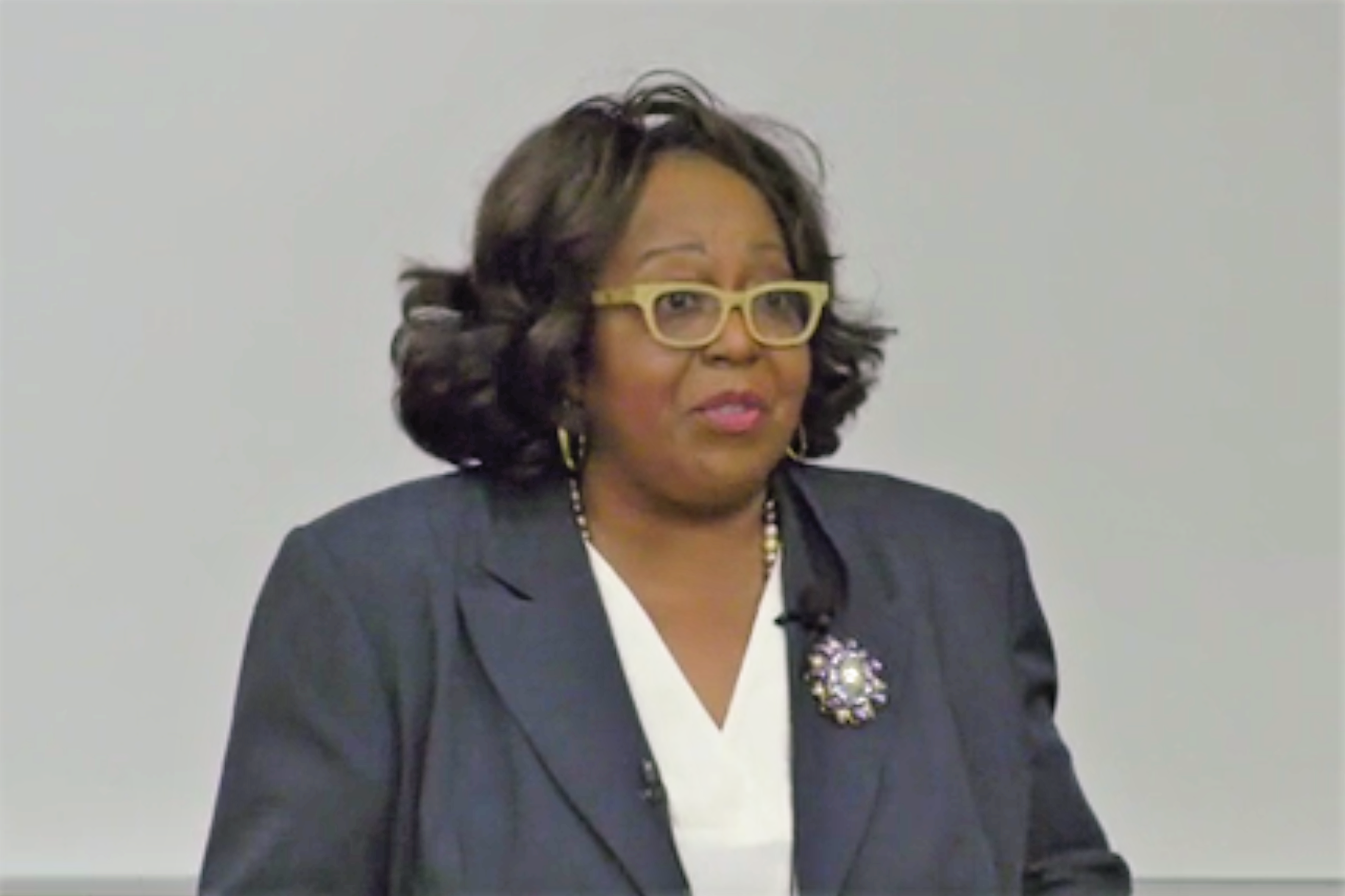
What about interpersonal engagement with people. How is that important to this role?
That is really essential. Diversity work is about people. So you need data, you need best practices, you need research, but it is about people. It is about hearing their stories. It is about understanding their experiences, so you have got to be a relational person to get that done.
Is this an important benchmark? I believe it probably was for the students. It was an important benchmark for them because the university was saying, “Wow, we are not just talking about this, but, in fact, it is very important for us as an institution, not for that group, but for us as an institution.” My work, I believe, is for all the students here at the University of Alabama. So is it important to have somebody. Yeah, it is, but part of what I think happens — this probably happens also with our vice president of student affairs — many times you end up being a translator, so you hear people’s perspective and you are able to bring it to the fore and say “OK, please understand this.” Let’s talk about how this impacts people in a particular way. You are able to get a particular perspective. And I think people need to feel safe and have a person who understands that and will advocate when necessary.
One of the things I say to the students — and this is something that if you follow the research not only from the experiences of students of color at predominantly white institutions — there is often this issue of isolation. You might be the only student of color in a lecture hall of 300. That can be — not always — that can be isolating. I encourage those students to own their seat and be a full participant in what it means to be a University of Alabama student. I think in this area you want to be both supportive of students, but also want them to come here and maximize because this is a great institution. You have got to come here and not stay on the sides.
I use this analogy because I used to live in Houston a number of years ago. They had the major interstate, but they also had these side roads. They run parallel to the interstate. It would take you longer to get where you are going because you were on this side street. Many of the spaces like (Intercultural Diversity Center) end up being support spaces. But I am interested in getting students into the main of the campus because that benefits everybody.
Yeah, you want things that help you identify … I am sure there are jogger clubs here or weight-lifting clubs here, so everybody wants to do something that is of interest to them, but I also want to make sure they maximize what it means to be at a university like this. That you are part of the student government, that you are part of the newspaper. Whatever opportunity that a student has that you feel that is an area of interest for you, that you move forward and toward that.
How did you get involved in university administration, particularly diversity work?
My mother once told me, “I think you have been preparing for this for your entire life,” because I was one of five children in my hometown that integrated my elementary school. First grade. Five years old. That’s me.
So I have been on this path since then. My first career was in broadcast media. That’s not a place there are lots of women or lots of people of color. So I spent a whole lot of time being the first and/or only there.
I went back to grad school. I received a fellowship to a graduate program … and then I stayed for a Ph.D., and I really liked learning. But I also had a chance there to get involved in a pretty progressive campus, and that is where I got really intrigued by what was happening to young people in that four- to five-year span they would be an undergraduate.
I had some incredible opportunities to do some incredible initiatives that made substantial difference on the campus, and that is where my passion for this type of work originated when I was working at Ohio University. The board of trustees at the time was very concerned about the fact that we weren’t seeing more diversity in the first-year student body, and I even talked to the vice president who I was working with, the vice president of financial administration — it was an odd kind of setup — and I said, “I have some ideas that I would like to flesh out and share with you.” He looked at it and said “It sounds great” and when the board members heard the plan, he said, “I want you to present this to the board” … so I presented to the board, and they gave me the space and the resources to make it work. And we were able to make a substantial difference in our incoming class. But why could we do it? For some time, I had been studying that class, and I knew what our competitors were doing in the state. I understood the data. I had been following the trend of the data, so when I had a chance to go, we were able to make a real difference on the campus.
I would say, in short, I tend to agree with my mama. I have been preparing for this my entire life, and I know what it means to have people from all walks of life who are committed to the issues. I give a lot of credit to my first-grade teacher. Had she not been an affirming teacher — she was probably the first white person I had any intentional interactions with because I grew up in the segregated South in Tennessee. Had she not been an affirming teacher, who knows what would have happened to my educational experience. Did I have the wherewithal? Yes. Was I smart kid? Yes. But a lot of smart kids got lost or get lost when they don’t have faculty or teachers who affirm them, who box them by virtue of their color or gender or whatever differences. But I have been preparing for this for my entire life, and I know what committed people who are concerned with the human aspects of diversity, what a difference they make, and I have been blessed my entire life with colleagues that came from all different parts of the world, all different races, all different sexual orientations, who want to make higher education a better experience, and that has been very rewarding to me because I have students who come back years later and say, “I finally get it.” Or the student who didn’t believe they had an opportunity, but, because there was a group of folks cheering them on, “You can do this, you can do this,” send me a message that says, “Dr. Taylor, I am now an engineer.”


